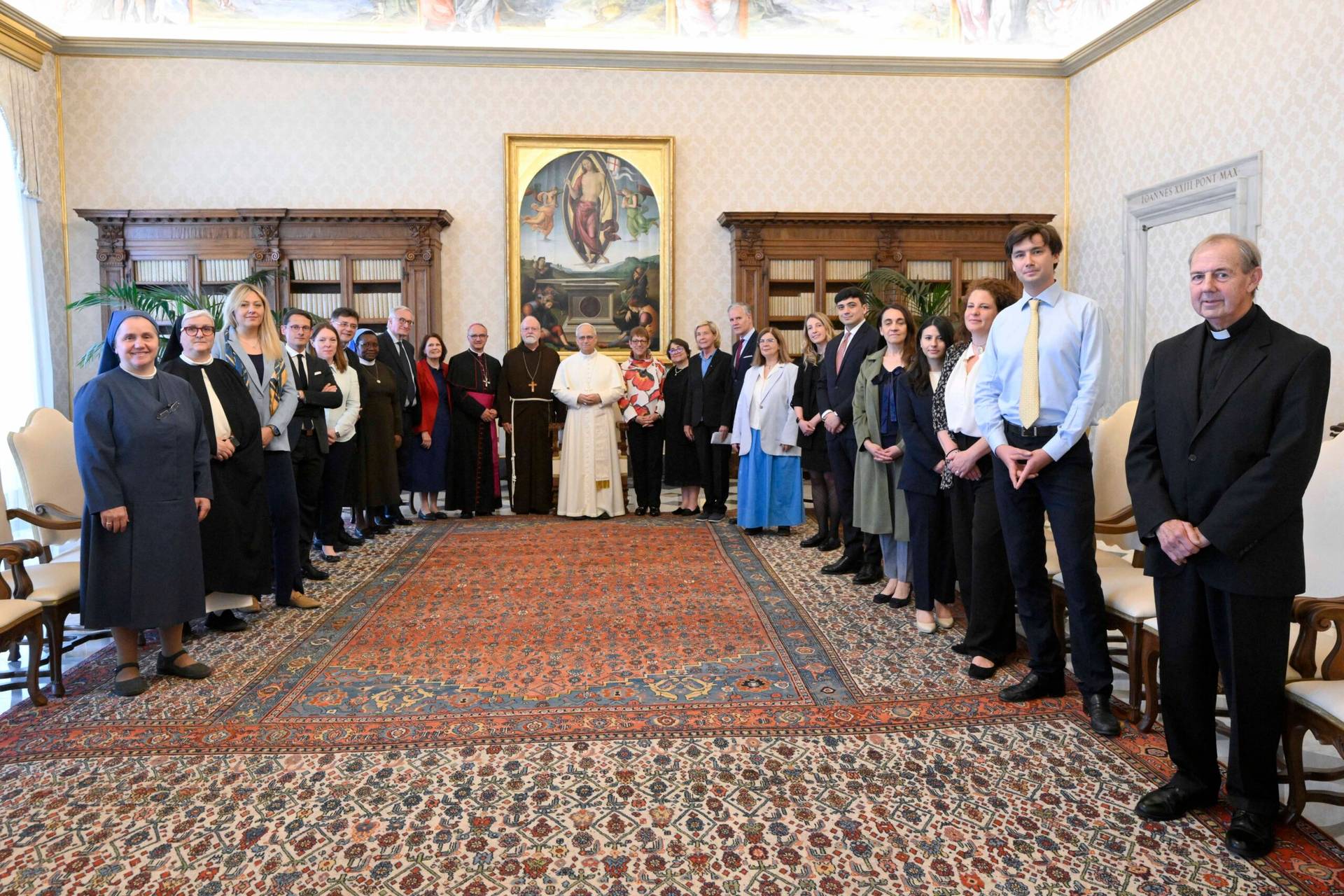ROME – So far, there’s been relatively little uproar outside Chile about a picture surfacing showing Pope Francis shaking hands with the late Brother Mariano Varona, considered a key figure in the burgeoning sexual abuse scandals rocking the Marist order in the country, at the end of Francis’s mid-January visit to the country.
The brief encounter came as the pope was saying goodbye to people who live in the vicinity of the Vatican ambassador’s residence where he’d been staying, and Varano has subsequently died.
RELATED: No ‘private meeting’ of Pope, brother accused in abuse cover-up, Vatican says
The story seemingly had all the elements to become a Kim Daniels Affair 2.0, referring to the fracas that broke out after Francis met the controversial Kentucky county clerk who defied a federal court order to issue marriage licenses to same-sex couples, in a brief greeting along with many other people during his September 2015 trip to the United States.
While details remain contested of how the Davis meeting came about, and how much the pope had been briefed on her background, it seems clear Francis wasn’t aware of how controversial the encounter would be, perhaps especially among his most ardent supporters.
Then as now, the obvious questions are: Did the pope really know who this person was? And, was the meet-and-greet intended to make some sort of statement?
Before unpacking things, let me skip to the conclusion here: Perhaps the Accademia in Rome, the Vatican’s elite school for future diplomats, needs a course on paying attention to who gets in line in situations like this.
To begin, one reason the Varona affair really hasn’t caught fire is that the Vatican was swift in playing down its significance. In response to a Crux request shortly after the story broke, Vatican spokesman Greg Burke emphasized there had been no “private meeting.”
“There was no private meeting with Mariano Varona in Chile, nor any private conversation,” Burke told Crux.
“Varona came because he was the superior of the Marist house in front of the nunciatura,” Burke said, using the official term for the ambassador’s residence, “and he was one of more than 70 people who greeted the pope briefly at that time.”
For another, Varona only recently passed away, which may impose some delicacy. Then, too, Varona is relatively unknown, and simply isn’t the public face of alleged abuse cover-ups in Chile like Bishop Juan Barros of Osorno, or the way Davis was at the time of the gay marriage issue in the States.
Finally, there’s also been plenty of other big pope stories lately, from “Lettergate” to confusion about what he did or didn’t say about Hell, not to mention the peak spiritual and liturgical moments of Holy Week, and the Varona picture just may not have been enough to break through the noise.
In any event, if there’s an obvious lesson in terms of planning future papal trips, it’s probably this: The pope’s man on the ground needs to know who the pope is meeting.
Let’s assume that in either the Davis or Varona cases, there actually was a reason why the encounter was considered desirable.
Perhaps in the States, the thought was to make a statement in favor of religious freedom and the right of conscientious objection. Perhaps in Chile, the aim was to show that the pope won’t shun people before all the evidence is in (Varona denied being involved in a cover-up), or simply that he wanted to give a dying man one last positive memory whatever his failures may have been.
If so, then Church leaders and spokespersons, both in Rome and in the country, shouldn’t be caught off guard when the news breaks. A strategy needs to be worked out in advance for explaining the encounter, without scrambling to come up with talking points on the fly.
The other possibility is that there was no special reason for either greeting, and nobody, at least on the Vatican’s side, really thought much about it – and, well, that scenario just sort of speaks for itself.
In terms of who should be on top of stuff like this, it comes down to the Apostolic Nuncio in the country, meaning the papal ambassador.
Francis obviously can’t be expected to know who specific local personalities are, or what effect they have on public opinion there, so it’s the job of the nuncio to have his finger on the pulse and to anticipate what the reaction might be if the pope meets so-and-so (especially if he’s photographed doing so.)
In the case of Varona, Italian Archbishop Ivo Scapolo certainly should have seen a possible headache coming, since not only have the Marist abuse scandals been prominent in the local media for a while now, but the Marist house where Varano lived is right around the corner from his.
None of this is to say, of course, that a pope ought to be scared about meeting people when he travels. For many, meeting a pope is a once-in-a-lifetime experience, and it really can have a powerful impact, so the idea is for him to meet as many people as possible.
Instead, the point is that, in the relatively rare circumstances when one of those encounters could set off a firestorm, it shouldn’t be a surprise. The only way to make that happen is for his man on the ground to be ready, and to make sure others who need to know on the pope’s team are ready too.
















